After executing the code and starting ADC, there is always 1 V on this
pin no matter if the pin is connected to the plant (circuit) or the
ADC pin is open. Why there is 1V on this pin when the DMA continuous
request is enabled?
The STM32G4 ADC does its conversion by switching capacitors of various sizes (binary weighted) across the input. The internal circuit is similar to this:-

With a very high impedance or open circuit input the capacitors will not get properly charged, but will produce a voltage on the input that jumps around while the ADC is operating. A multimeter will show the average voltage, which is dependent on leakage currents in the ADC.
To work properly with a very high impedance input, you must buffer the signal with eg. an op amp or instrumentation amplifier, like this:-

simulate this circuit – Schematic created using CircuitLab
Resistor R1 is required if you want the input voltage to be zero when the plant is not connected, otherwise EMI and leakage currents in the op amp may cause it to 'float' to a higher voltage.

